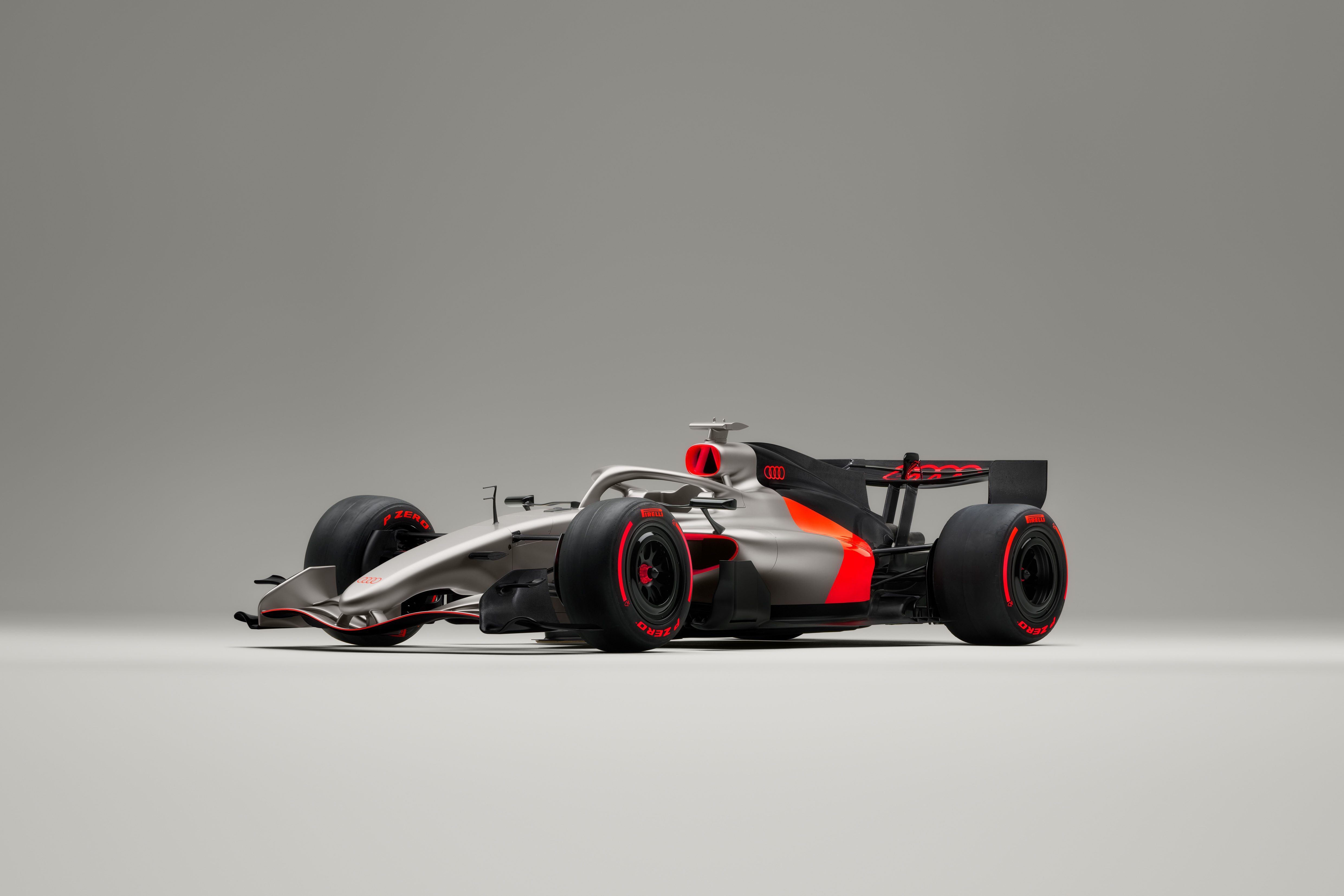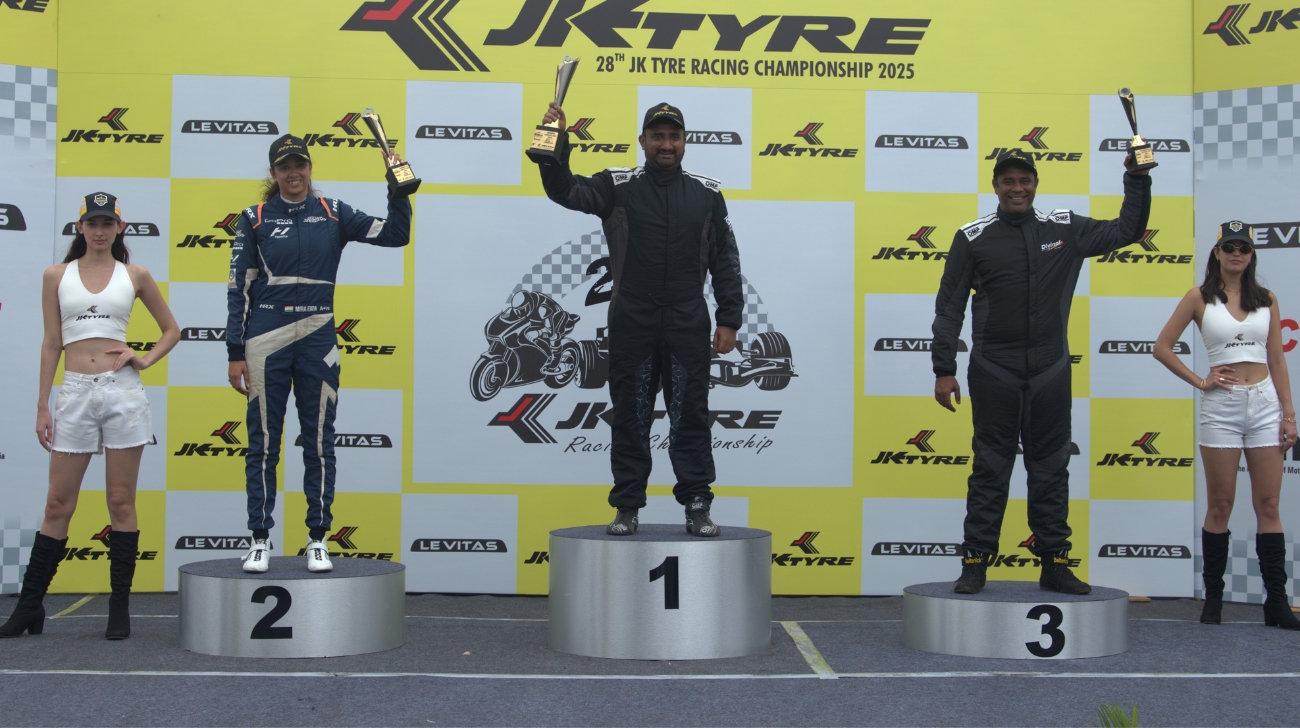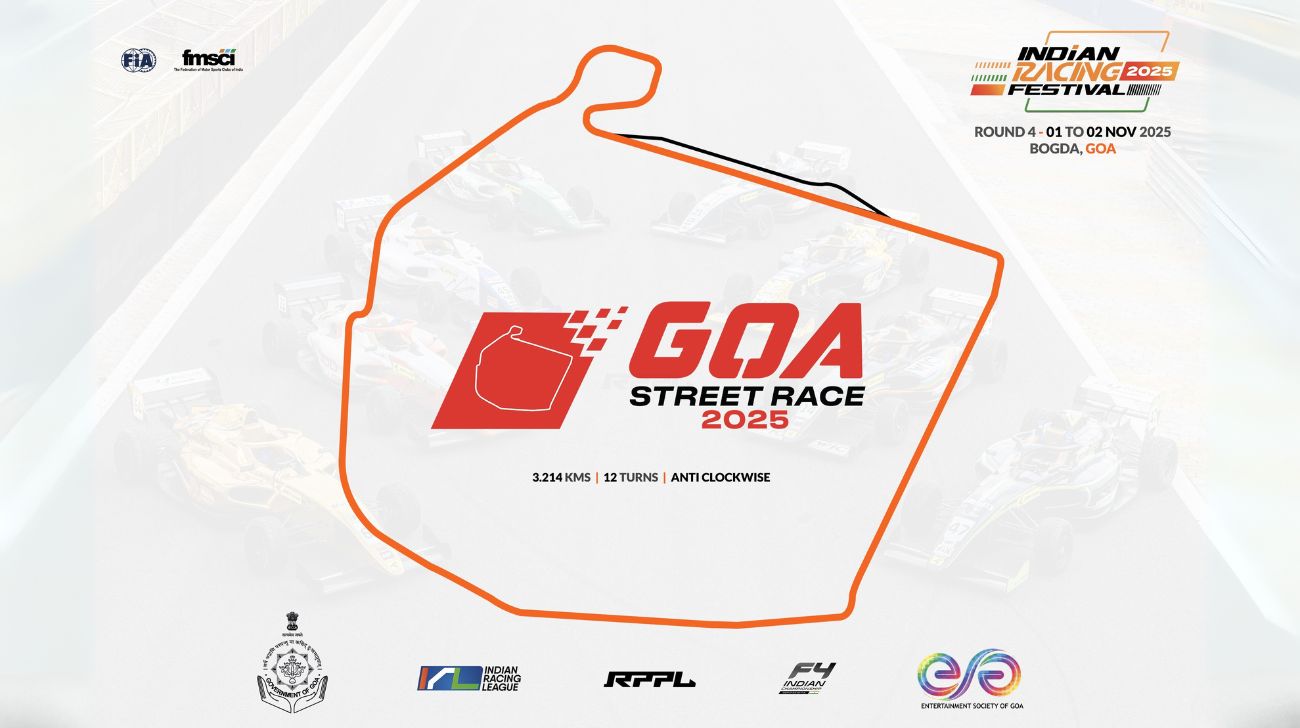The official FIA European Truck Racing Championship is an actual championship. With many teams competing to well…race trucks! Those big trucks that we see on the road, I can hardly believe that people take those racing. But those aren’t precisely the same trucks. Let’s break down what the ingredients of a racing truck are.
These trucks are big things, and they are expected to have big engines. It is a straight 6-turbocharged diesel. The engines are limited to a 13-litre displacement that produces 1,100hp to the rear wheels and 6,500Nm of torque. Yes 6,500Nm. Let that sink in. These engines are standard production engines, of course, with racing changes. This year, the championship has switched to 100% sustainable fuel (Hydrotreated Vegetable Oil), which cuts CO2 emissions by approximately 90%. So how fast do these trucks go? Well, they are limited to 160Kmph by FIA regulations for ‘safety’ purposes. Quite a first, right?
These racing trucks use an ol’ reliable leaf spring suspension. Still, there are also racing-spec shock absorbers and water-cooled brakes. Why? I don’t think I need to answer that! The racing teams use special spec race tyres on the trucks, which translates to G forces of up to 1.1Gs around corners. In a truck that weighs 5.3 tonnes!
The transmission is also a standard production spec transmission with 16 speeds. Yes, 16! But drivers only use two to put that 6,500Nm and 1,100hp down efficiently.
Continuing with the theme, the chassis of these trucks are also derived directly from a road-going truck. The cabin is supposed to resemble a production truck by regulations, but they only need to be 2.5m by 2.5m in height and width. The non-structural panels on these ‘racing trucks’ are made from either plastic or fibre-glass. No carbon fibre in the world of haulage.
Inside the chassis is where the term race-spec finds some refuge. Recaro racing seats are in front of a steering column that drops down between the driver’s legs. The steering system is a high-pressure power steering system.
It can cost a team over a million euros to race in this truck racing championship season. But that is before the drivers decide to ram into each other during races. The championship sees four races, with two on a Saturday and two on the following Sunday. On top of that, there are qualifying and Superpole sessions on each day.
All races are 45 km long since the trucks suck their fuel tanks dry in 48 km. There are 18 competing drivers in the championship to race trucks for a living! That’s a good story to tell the grandchildren one day!
While our petrol-powered cars are on to their last hurrahs, these racing trucks that use 100% sustainable fuel are charging and racing. Quite a sight!
Words: Sresht Garg







